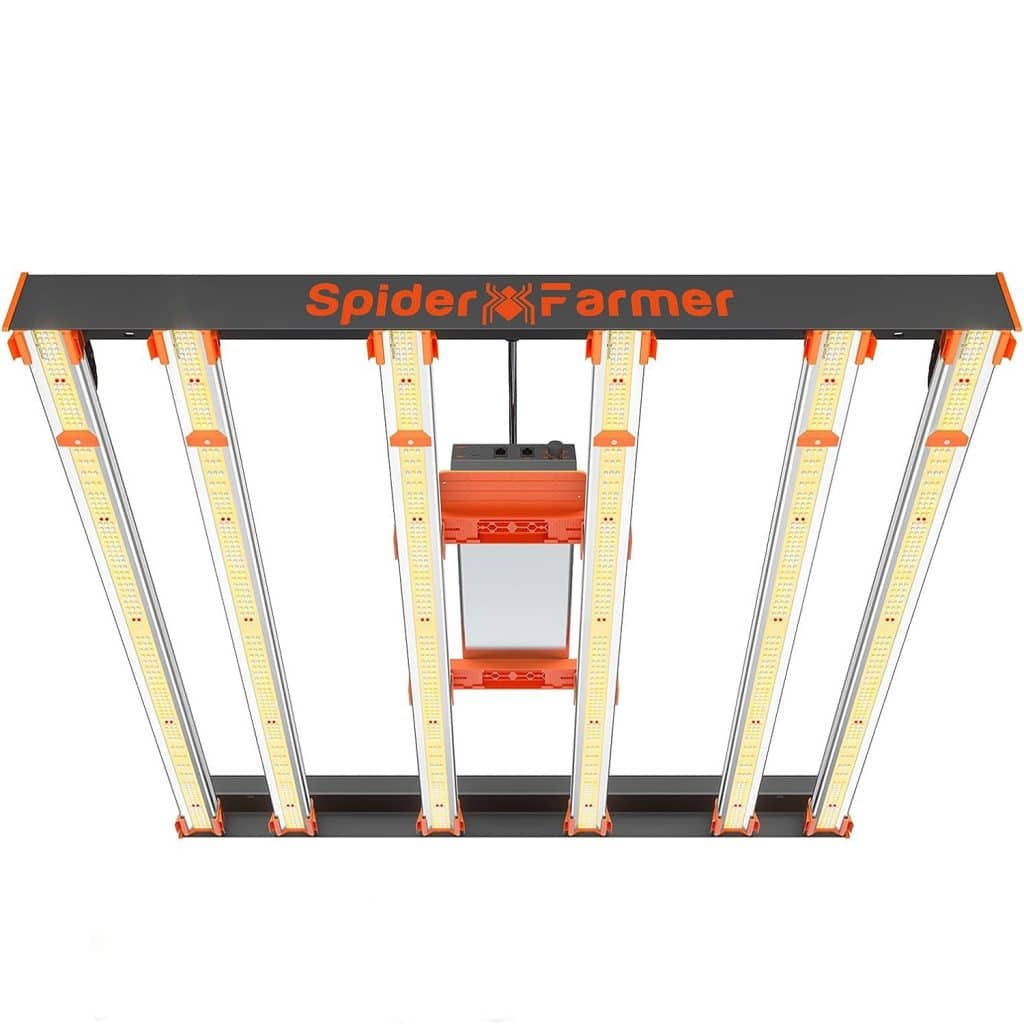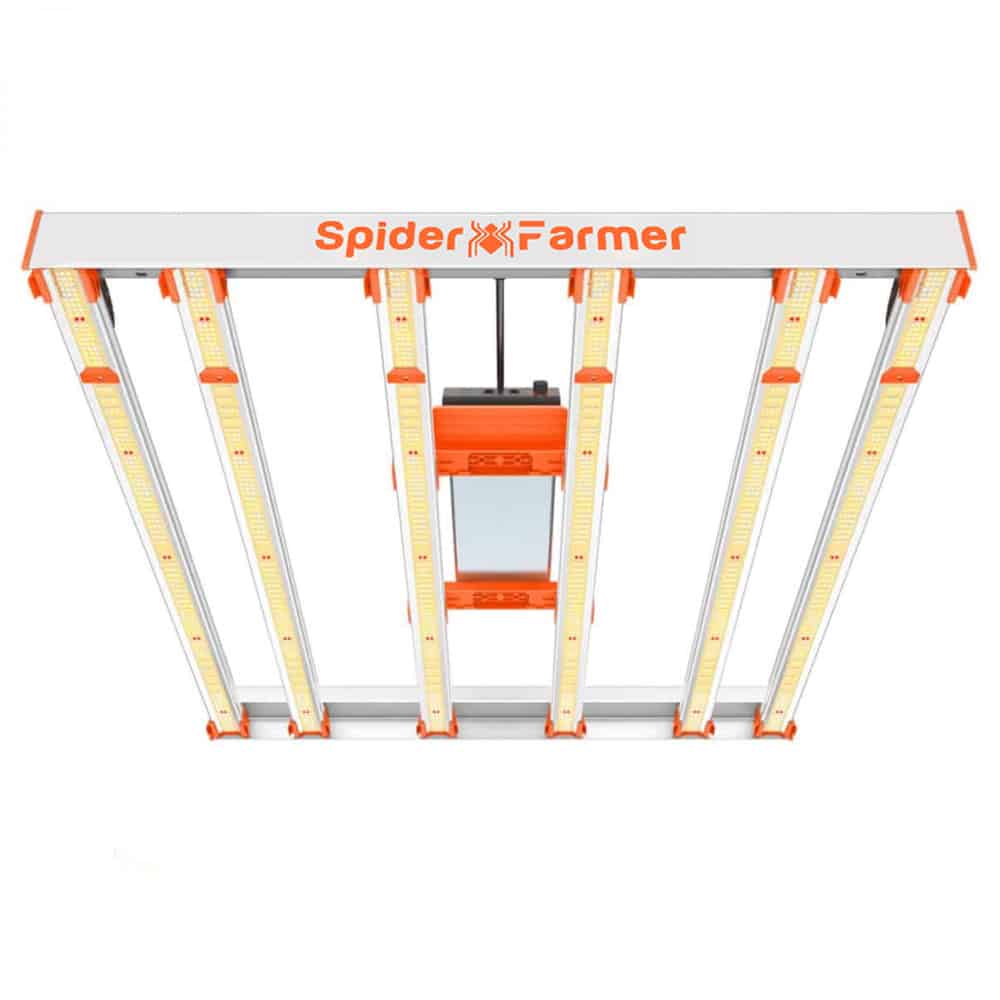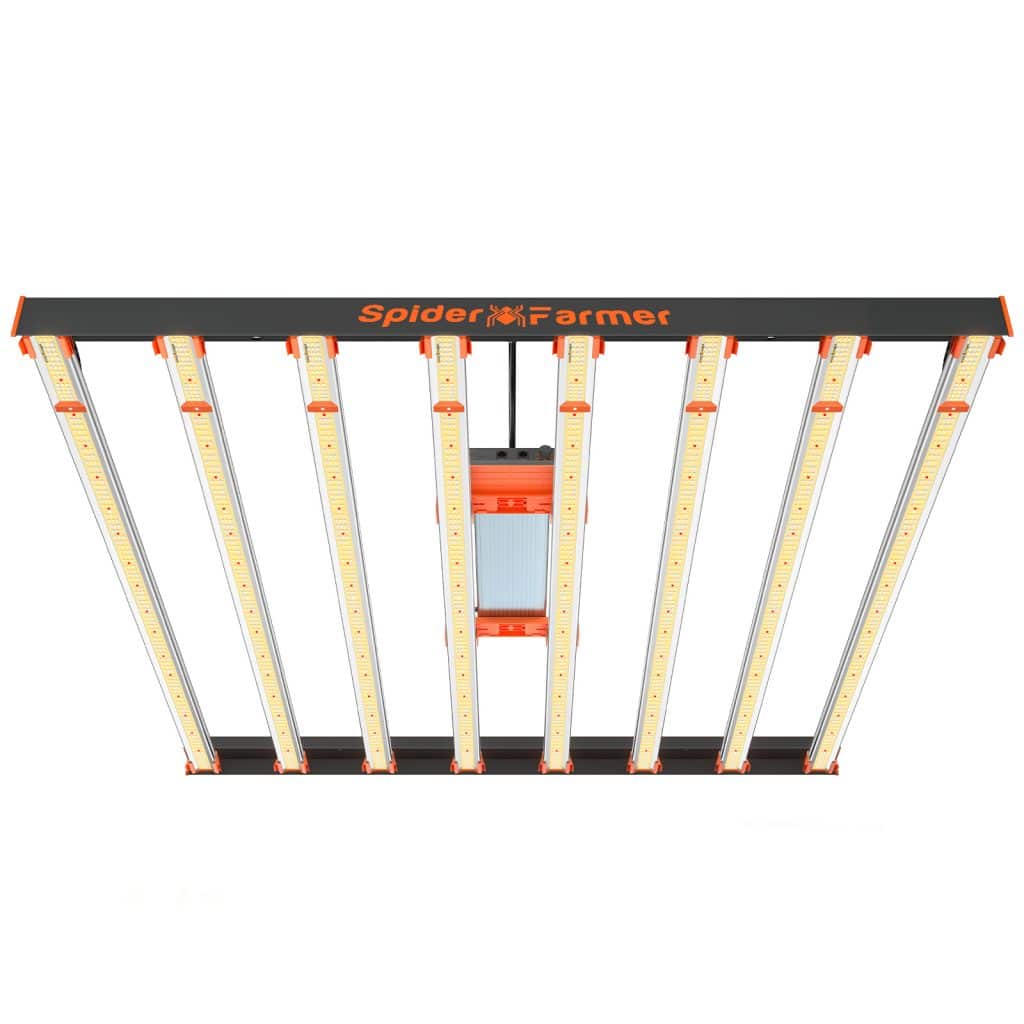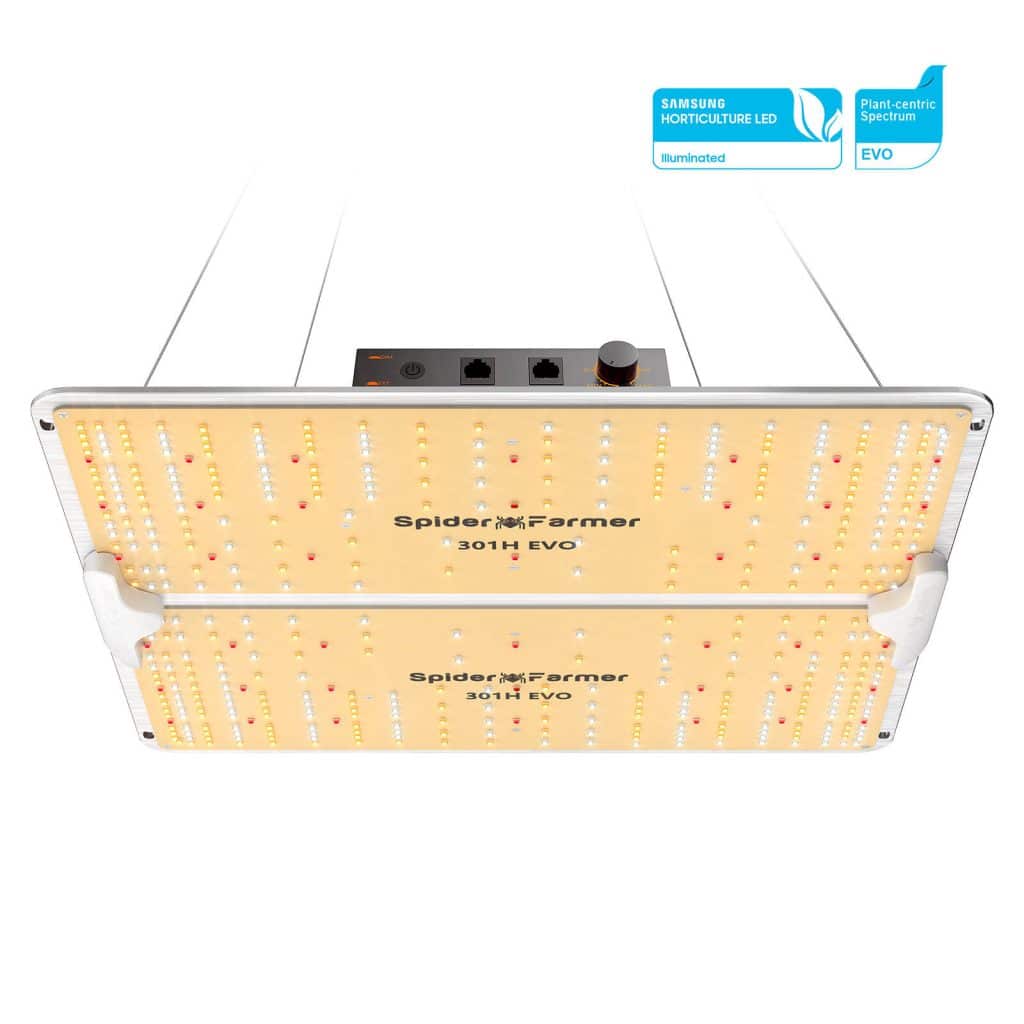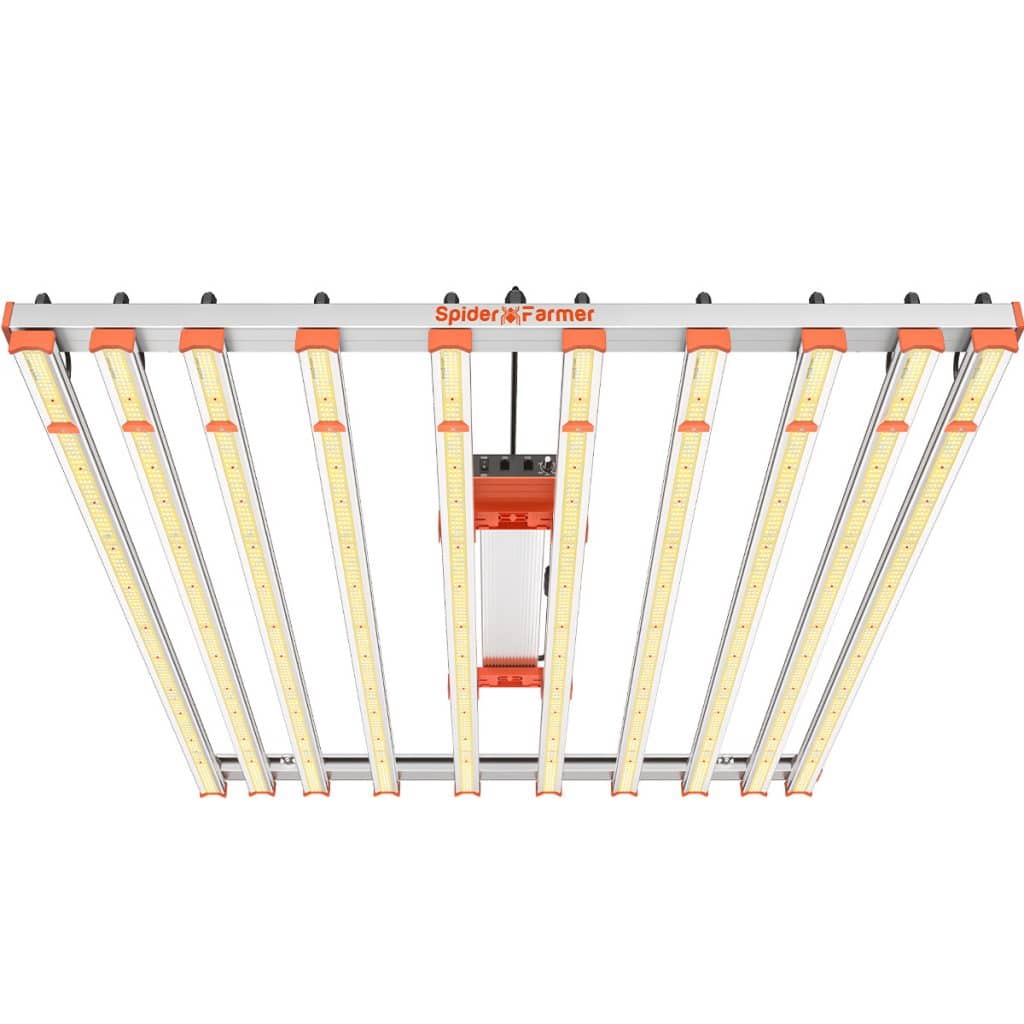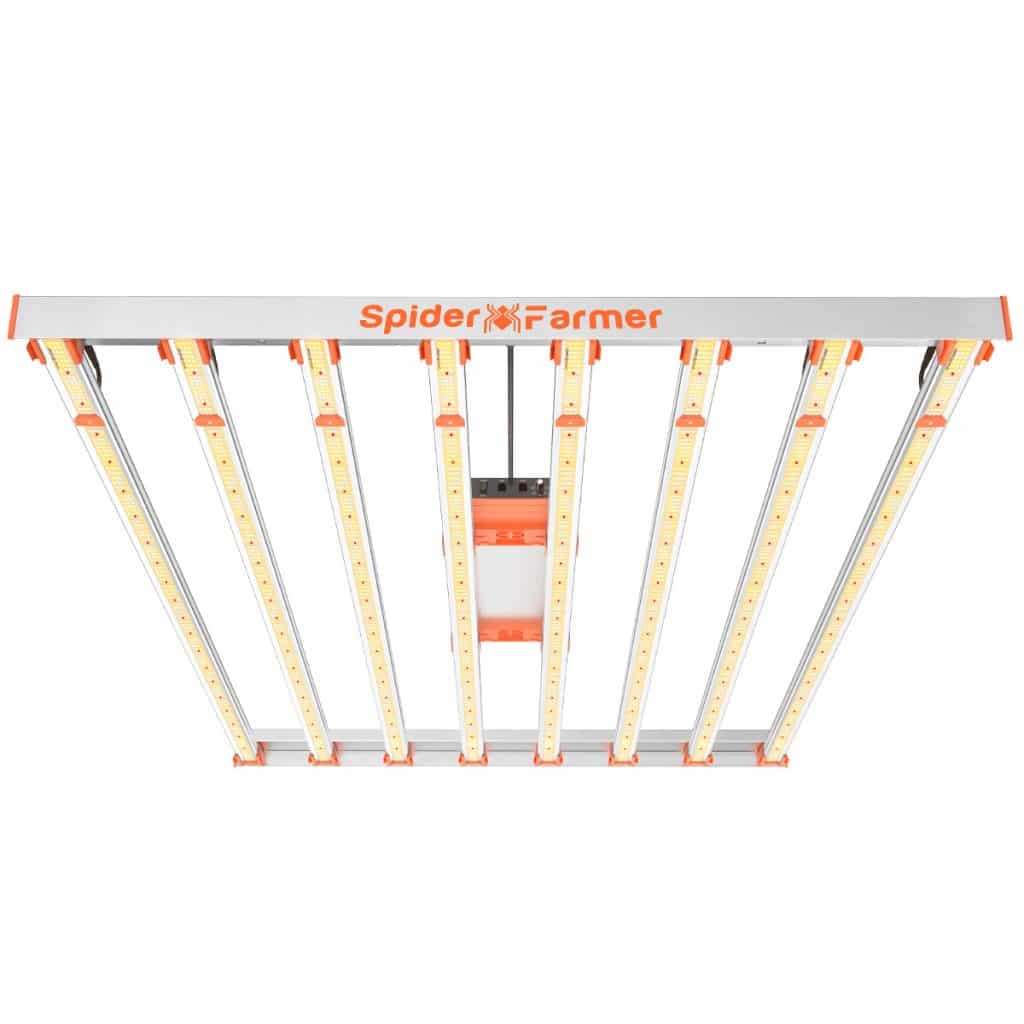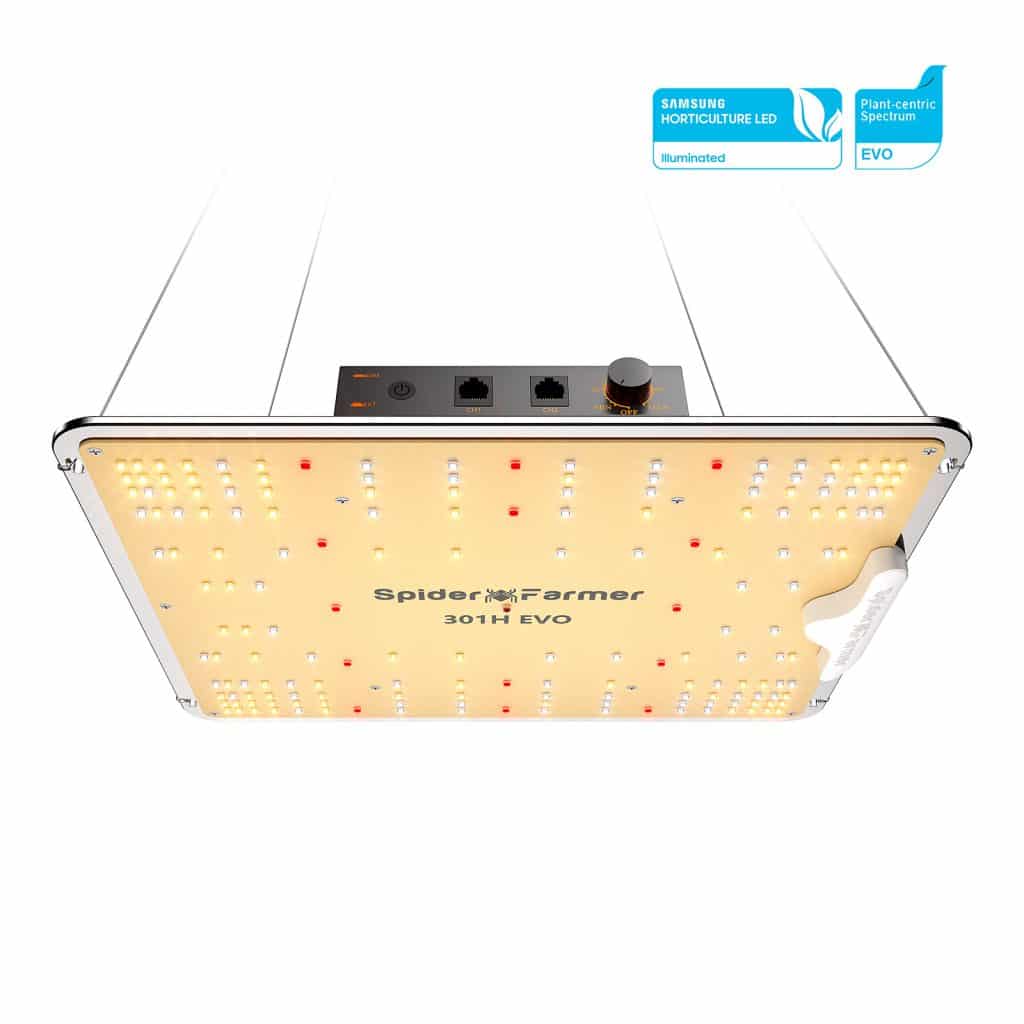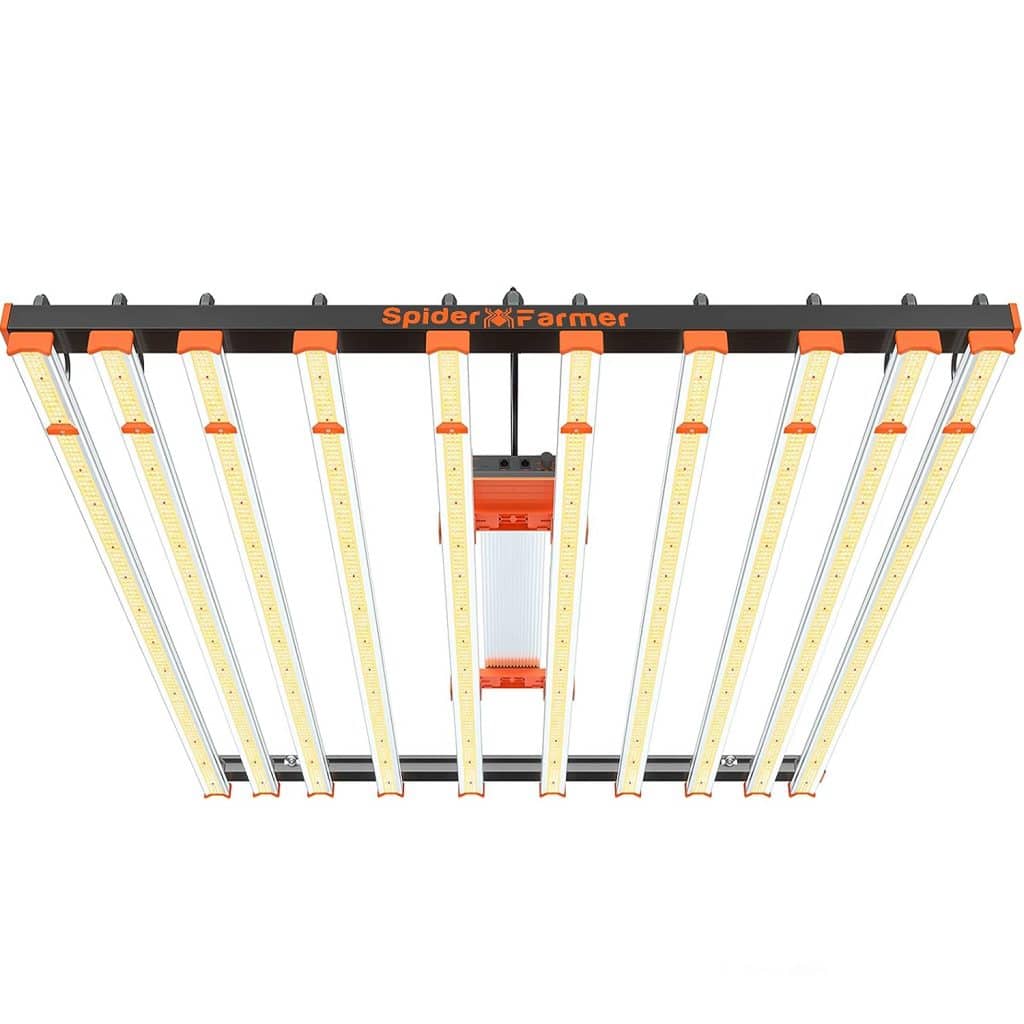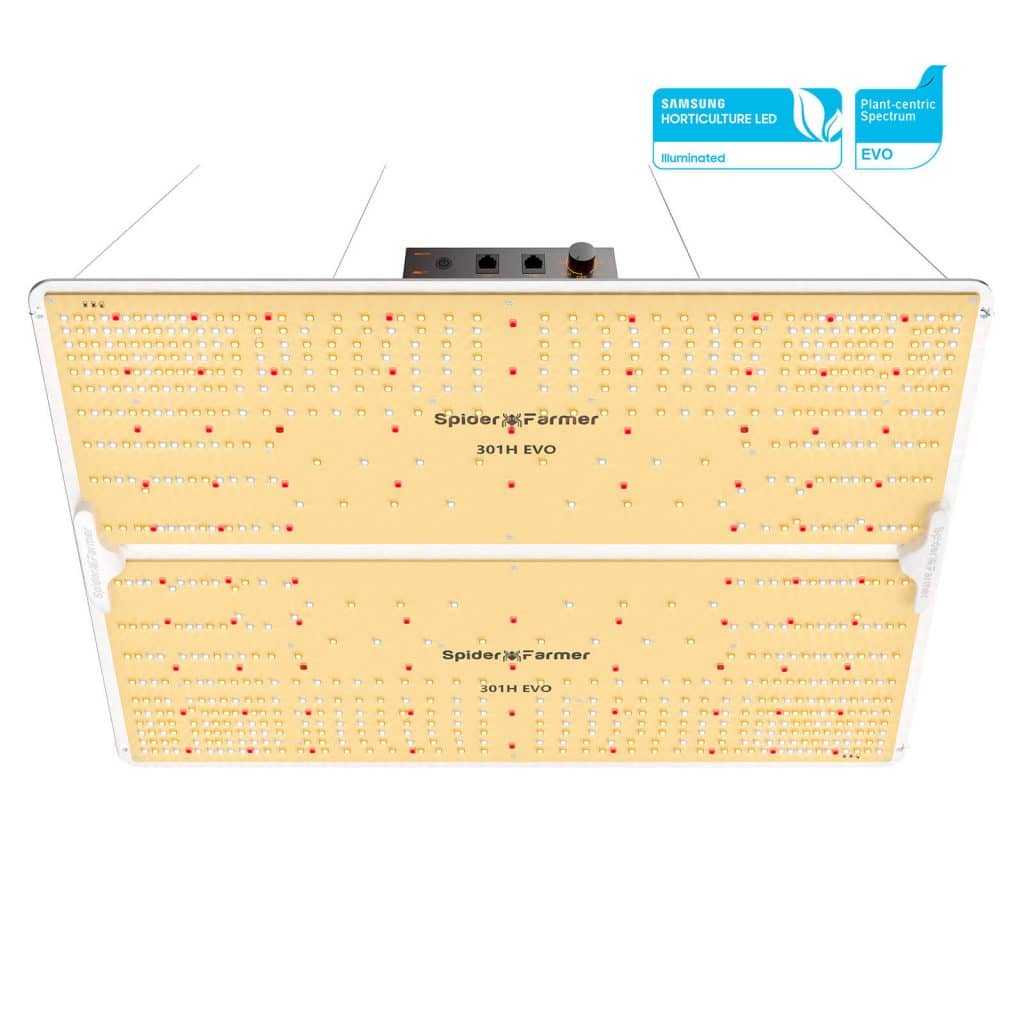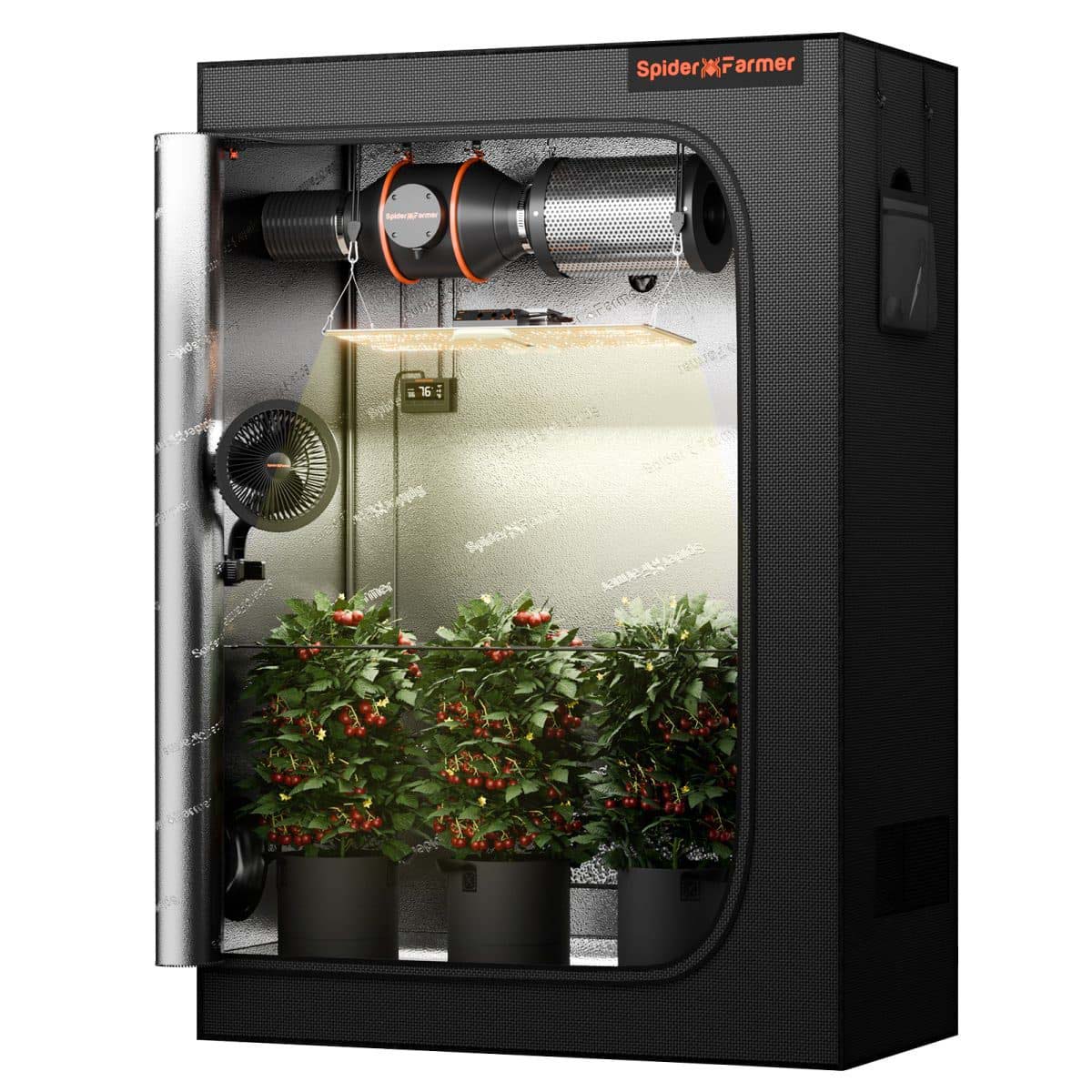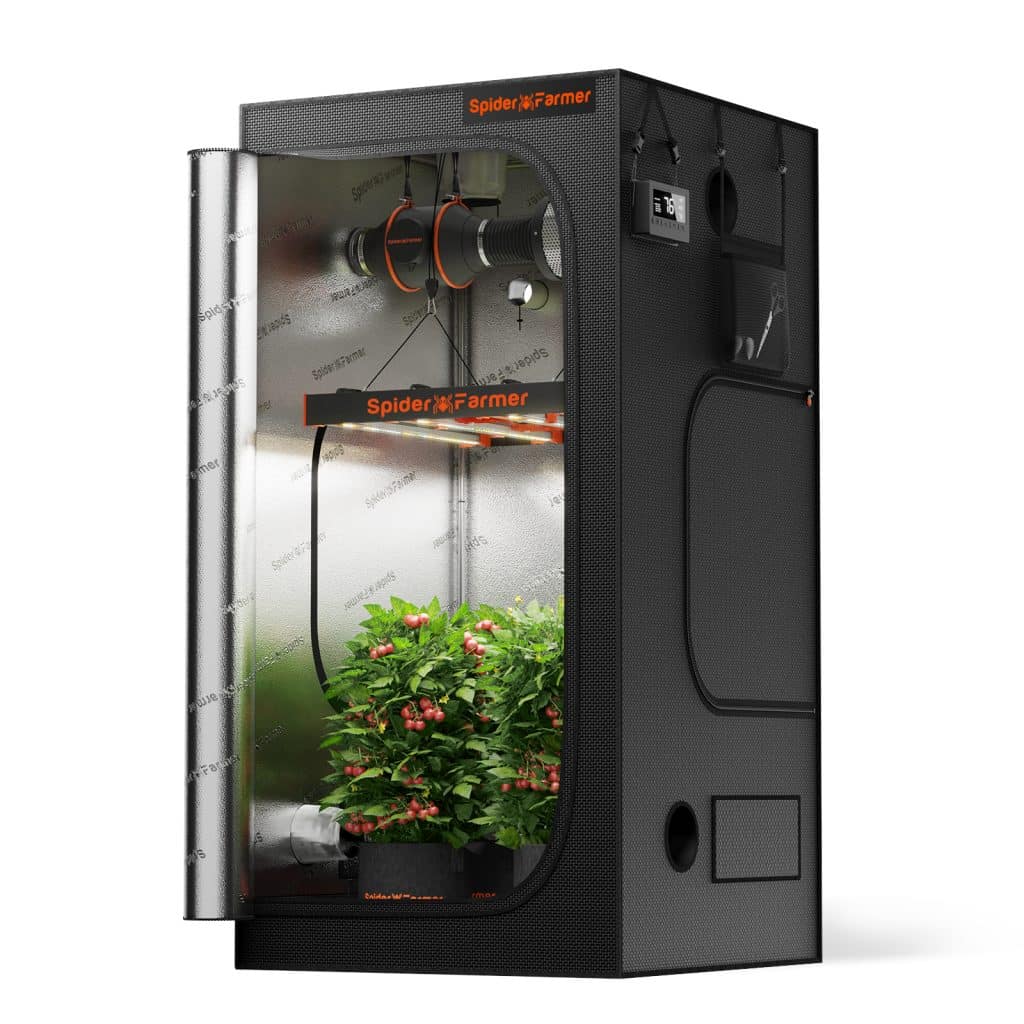Tulips, with their vibrant colors and elegant shapes, are a wonder to behold. Perennials are plants that live for more than two years, and understanding whether tulips fit this category can greatly influence how we plant and care for them. This article delves into the nature of tulips, unraveling their perennial qualities and providing valuable insights for gardening enthusiasts.
Table of Contents
Are Tulips Perennials or Annuals
Technically, tulips are perennials. This means they have the capability to bloom year after year. However, this doesn't always happen in practice.
For instance, species tulips, like Tulipa turkestanica or Tulipa sylvestris, are known for their ability to act as true perennials, often naturalizing and coming back year after year. These varieties tend to be more reliable in their re-blooming compared to their hybrid counterparts.
On the other hand, many modern hybrid tulips, such as the Darwin Hybrids (e.g., Tulipa 'Apeldoorn' or 'Pink Impression') and the Triumph group (like Tulipa 'Prinses Irene' or 'Negrita'), are bred for their stunning first-year blooms. These hybrids are often the show-stoppers in the first spring after planting, but their subsequent blooming can be less predictable. This inconsistency leads many gardeners to treat them as annuals, replacing them each season for guaranteed color and impact.
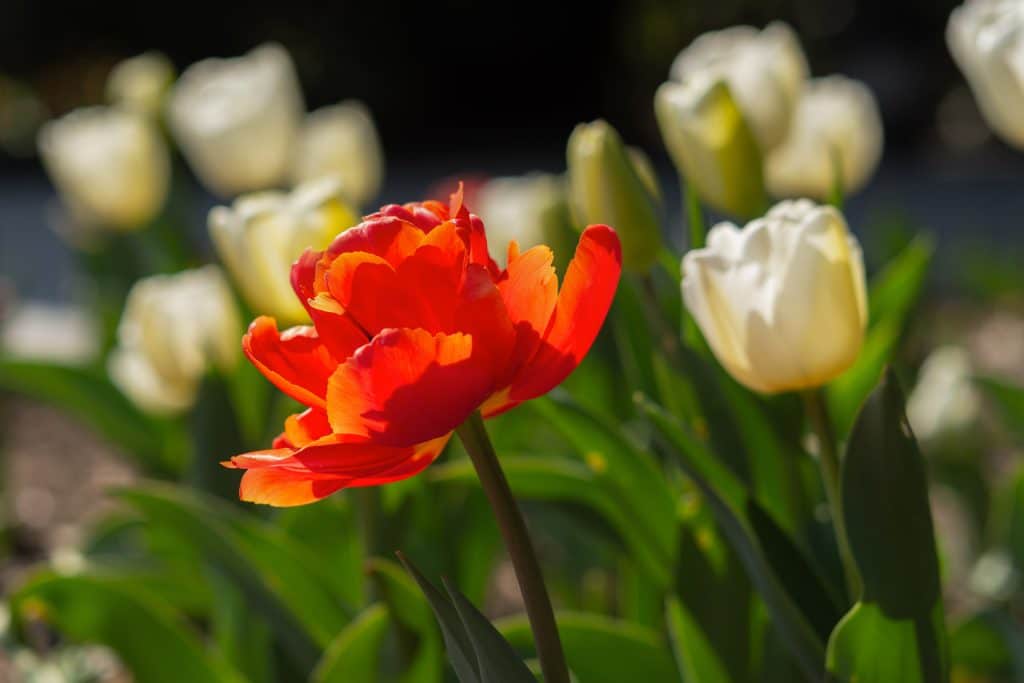
Can You Leave Tulip Bulbs in the Ground All Year
The answer depends on various factors, including the climate and soil conditions. In areas with cold winters and dry summers, it's often possible to leave tulip bulbs in the ground where they can enter a natural dormancy period. However, in warmer or more humid climates, the bulbs might not get the necessary cold period, or they might be prone to rot and disease. Therefore, in such conditions, it's advisable to dig up the bulbs after blooming and store them in a cool, dry place until autumn replanting.
Additionally, the tulip variety can decide your choice. If modern tulip hybrids, say, single early, double early, lily-flowering, triumph, and single late tulips, remain in the ground, they may produce a modest bloom or two in the following year, provided the conditions are favorable. Tulips thrive in soil that remains dry during summer, as their bulbs are prone to rotting in moist soil or in beds that are regularly watered. By the third or fourth year after planting, these modern hybrids typically yield foliage but few, if any, flowers.
Conversely, there are tulip types that can be left in the ground and will reliably re-bloom each year. Species tulips, Greigii tulips, waterlily tulips, and Darwin hybrids are notable for their perennial nature. These varieties tend to flourish annually when planted in locations that suit their growing requirements.
What to Do with Tulips after They Bloom
Post-bloom care is crucial for tulips, especially if you're attempting to have them re-bloom the following year. Once tulips have finished blooming, it's important to remove the flower heads. This process, known as deadheading, prevents the plant from expending energy on seed production.
However, leave the foliage in place until it turns yellow and dies back naturally. The leaves help gather energy through photosynthesis, which is stored in the bulb for next year's growth. If you're in a suitable climate, the bulbs can be left in the ground. Otherwise, they can be dug up and stored.
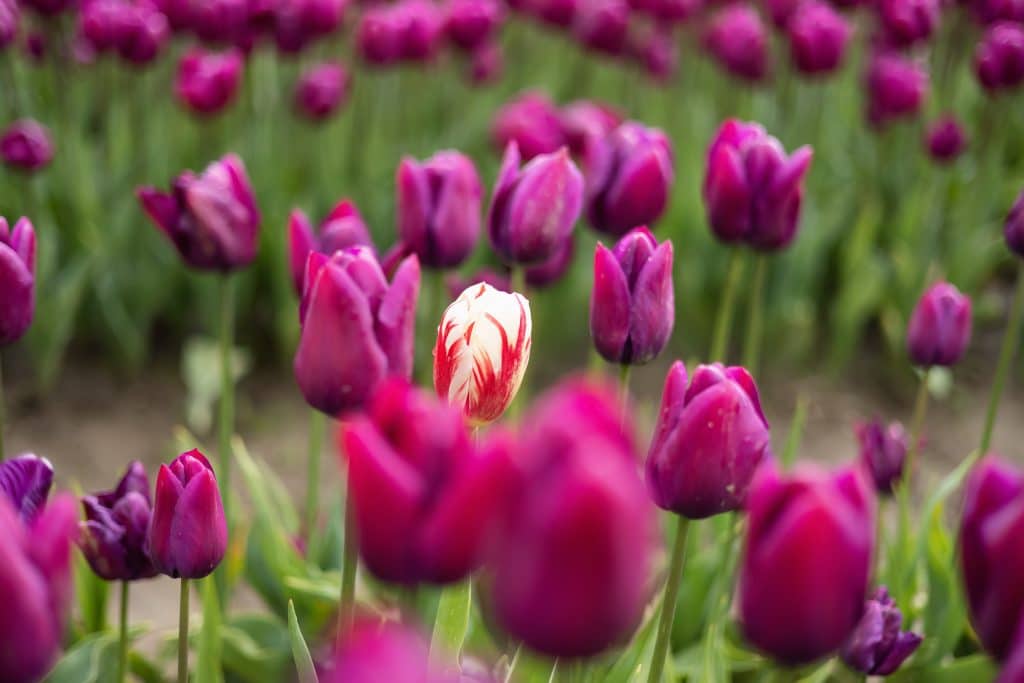
Why Are My Tulips Not Coming Back
If your tulips aren't reappearing each spring or their blooms are diminishing, several factors could be at play.
- Demanding Growth Conditions: Tulips are particular about their growing conditions. They prefer cooler climates and may struggle in gardens that are too wet or too warm. They thrive on well-draining cold mountain slopes, which suggests they need environments that provide good drainage and a certain level of cold to prosper.
- Rest Period: After a big flowering year, tulips may take a rest year where they might not bloom or may bloom with smaller and differently colored flowers. This is particularly noticeable in fancier varieties.
- Botanic Garden Approach: Some botanic gardens treat tulips as annuals. After the first bloom, these tulips are composted rather than being maintained for the following year.
- Competition with Other Plants: The presence of other spring bulbs and plants might affect tulip re-blooming. Plants like daffodils, crocuses, squills, snowdrops, and others may compete for nutrients and space, which can impact tulip performance.
- Wildlife Interaction: Animals such as squirrels can be a problem by digging up and eating the bulbs, or moving them around, which can disrupt their growth and blooming in the intended location.
Don’t get sad though, we have some tips to encourage their return:
- Choose the Right Varieties: Opt for tulip varieties known for their perennial nature, like species tulips, Darwin hybrids, or Greigii tulips.
- Plant at the Correct Depth: Ensure tulips are planted about 8 to 10 inches deep to protect them from temperature fluctuations and pests.
- Ensure Good Drainage: Plant tulips in well-drained soil to prevent bulb rot. Avoid overly moist areas, especially during their dormant period in summer.
- Provide Sufficient Cold Period: In warmer climates, you might need to lift the bulbs and refrigerate them for a few weeks to simulate winter conditions.
- Protect from Pests and Diseases: Regularly inspect the bulbs and use appropriate measures to protect them from pests and diseases.
- Proper Post-Bloom Care: Deadhead spent flowers to redirect energy to the bulb, and allow the foliage to die back naturally. Do not remove the leaves until they have yellowed and withered.
- Fertilization: Apply a balanced, granular fertilizer (like a 5-10-5 mix) in the fall and early spring to provide the necessary nutrients for robust growth.
Read also: Are Marigolds Perennials

